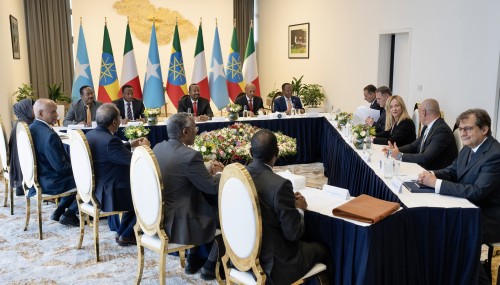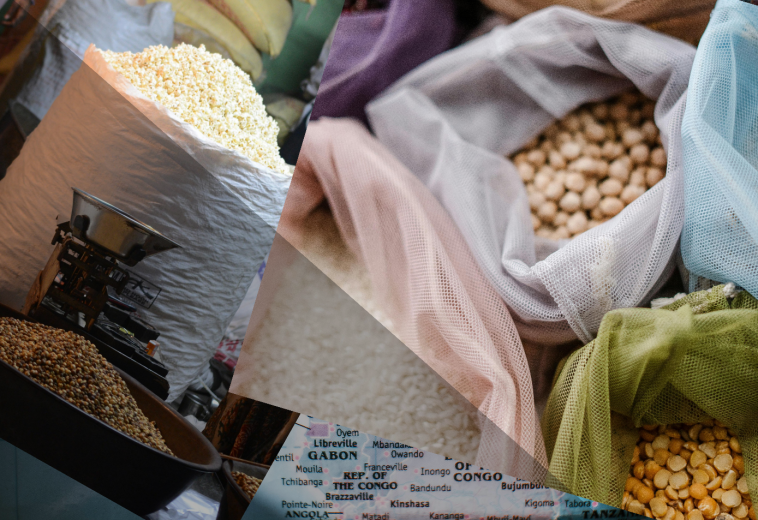Africa’s fight against HIV/AIDS is a hard-won victory against a monumental challenge. The combined efforts of generous international donors and strategic initiatives spearheaded by African leaders have brought about this progress. With this united front, Africa is now better equipped to control and ultimately eradicate this debilitating disease, a scourge that has devastated the continent’s health and well-being.
As of 2023, a staggering 25.7 million people in Africa were living with HIV, accounting for approximately 67% of the global total of 38 million individuals affected by the disease. While the prevalence remains high, there has been a significant decline in new HIV infections and AIDS-related deaths. In fact, the rate of new infections has decreased by a remarkable 38% since 2010, and AIDS-related deaths have fallen by a notable 48% over the same period, indicating progress in the fight against this debilitating disease.
Over the past decade, African countries have collectively spent an estimated $12 billion on initiatives to combat the disease, including funding for healthcare services, educational programs, and treatment initiatives. This domestic investment has been instrumental in supplementing international efforts and supporting the continent’s own response to the HIV/AIDS epidemic.
Global efforts to combat HIV/AIDS in Africa have been bolstered by significant financial investments from major international organizations. The Global Fund, established in 2002, has disbursed over $13 billion in funding, while PEPFAR has invested a staggering $90 billion globally, with a substantial portion allocated to African countries. UNAIDS has provided financial support and mobilizing substantial resources through its partnerships with global health organizations.
Initiatives and Leadership
African leaders have tackled HIV/AIDS with a comprehensive approach, focusing on prevention, treatment, and support. Public health campaigns educate people about safe sex practices and regular testing, while condom distribution programs have reduced transmission rates. Examples include President Yoweri Museveni’s efforts in Uganda, which have led to a significant decline in new infections. This initiative has been key to combating the epidemic.
A key strategy in treating those infected has been expanding access to antiretroviral therapy (ART), which has greatly improved quality of life and reduced transmission rates. Today, over 18 million Africans receive ART. Initiatives to prevent mother-to-child transmission have also seen significant success, with many countries achieving over 90% coverage for pregnant women living with HIV. Malawi’s former President Joyce Banda prioritized HIV/AIDS treatment and prevention, ensuring increased ART access.
READ ALSO: Economic Prospects in Mauritania under Ghazouani’s Re-Election
There’s more emphasis on the importance of community-based care and psychosocial support programs to help those affected manage the disease and maintain their health. These efforts have helped reduce stigma and improve mental health outcomes. Presidents such as Cyril Ramaphosa of South Africa and Nana Akufo-Addo of Ghana have been vocal advocates for increased funding and support for HIV/AIDS programs, bolstering community-based care and support systems.
The impact of Africa’s efforts to combat HIV/AIDS has been transformative. Millions of people living with the disease have seen improved health outcomes, with increased life expectancy and quality of life. Prevention programs have led to a significant reduction in new infections, resulting in healthier communities.


